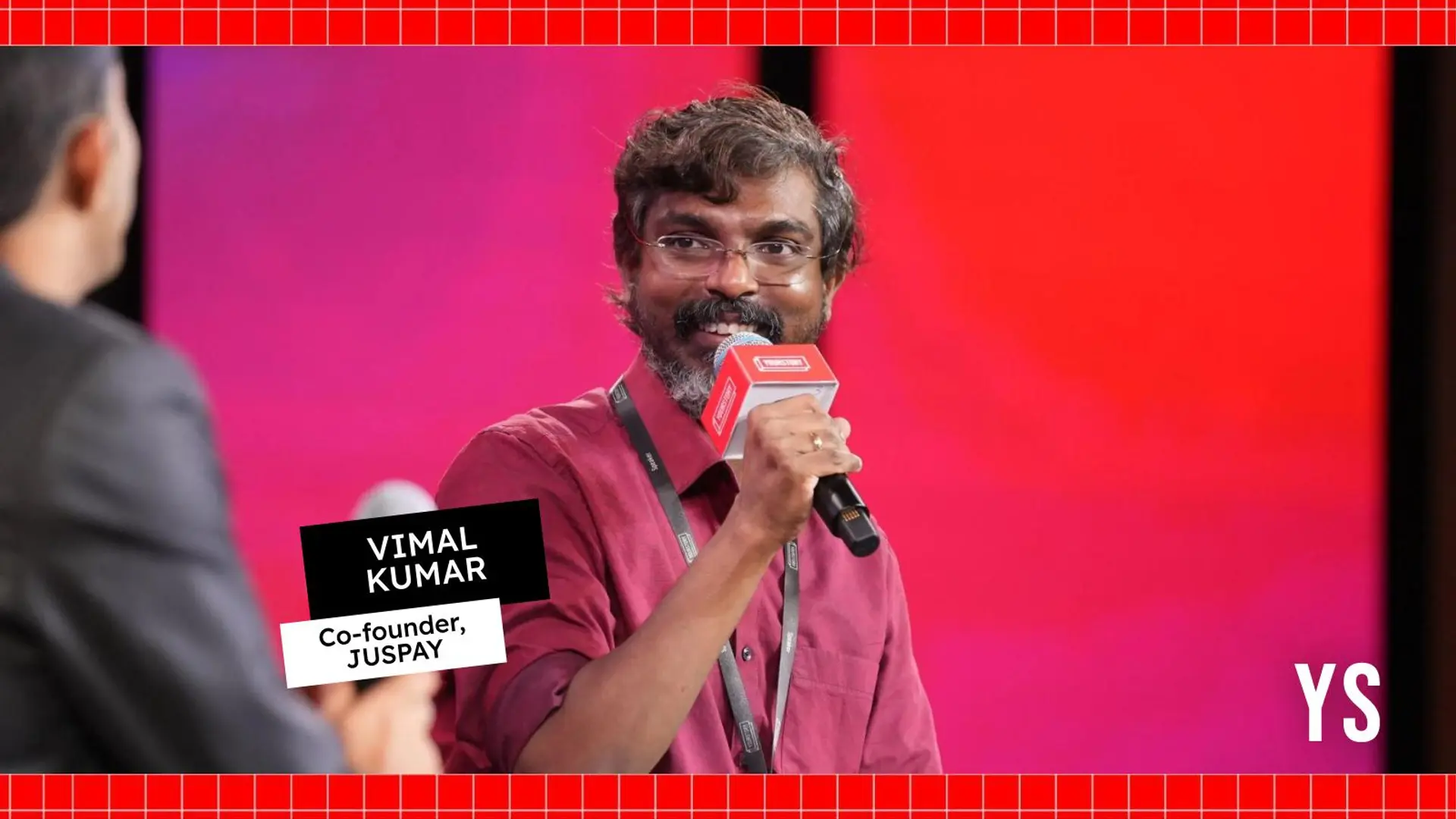
DesignUp
View Brand PublisherTips and resources for design in a connected transient world, from DesignUp 2017
The DesignUp 2017 conference and workshop series, held recently in Bengaluru, featured a galaxy of design experts from across India and overseas. The wide range of topics covered included visual storytelling, chatbots, digital prototyping, design-entrepreneurship, career options, consumer loyalty, and business ethics.
Speakers on Day Two of DesignUp 2017 included Justin Bolognino, CEO, Meta; Ashwini Asokan, CoFounder & CEO, MadStreetDen; Jayawant Tiwari, Principal Design Manager, Microsoft; Raghunandh, Associate Data Scientist, Noodle.ai; Rasagy Sharma, Designer, Mapbox; Shiva Kumar, Executive Director, Apparatus Media Lab; Meeta Malhotra, Co-Founder, Varana Design; Ninad Raval, VP of Product & Design, Flock; Jay Dutta, Founder, Curator, DesignUp Conference; Alysha Naples, AR/VR consultant; and Khoi Vinh, Principal Designer, Adobe.
One of the creative highlights at the event included a ‘data jalebi’, a video of which went viral, where the traditional Indian sweet was made out of a geometrical pattern based on a user’s profile information! Here are seven more interesting sets of takeaways from the conference.
- The Experience Era
We have moved on from the ‘era of things’ to the ‘era of experiences.’ Successful design involves creation of transformative experiences, which calls for a blend of community, individual, behavioural and cultural influences. Too much emphasis on only a few of these components takes away from the potential of design; for instance, tech only for the sake of tech, or features only for the sake of being cool.
Global real-time connections are fostering new kinds of online digital experiences. A new role is emerging now for experience designers, for whom the ability to be able learn from failure, and to improvise as you go along as in a jazz collaboration are useful attributes to have.
- Design in a Transient World
The world is not just digital and connected, but transforming rapidly - with some new technologies and trends lasting not for generations but for just a year or two. Designers need to ask themselves tough ethical and moral questions in a world where war-mongering can be triggered off by a few irresponsible tweets, and fake news can transform elections.
As Artificial Intelligence continues its rapid rise, what will be the role of designers? The cognified era seems to be dawning much faster than the rise of the agricultural era, which introduced new kinds of mass behaviours. Designing convenient on-demand services is great for busy consumers, but what is the environmental impact of having so many delivery vehicles on the road in un-optimised patterns?
Responsible design should create behaviours which are more environmentally sustainable, and consumers for their part should be willing to have ‘delayed gratification’. Unfortunately, designers are not in positions of leadership in many contexts, and need to have a place right at the decision-making table along with CEOs, policymakers and scientists.
- Design critique
Feedback on design is of different types: visceral, emotional, directive and social. Designers should become more communicative in explaining their work, and good facilitators for assessment can bridge the ‘culture gap’ between creative, business and technical domains.
Some companies have set a code of conduct which applies to all their activities, for example Google’s ‘Do no evil.’ In a connected world with unintended consequences, this could also extend to ‘Don’t let others do evil.’ A desired outcome of design should be a sense of love and belonging.
- Designing to depict and experience data
In a world of data explosion, design helps unearth patterns, visualise connections and make meaningful inferences. Plotting the number, length, location and type of songs in a movie can help understand what kinds of combinations of music in a movie can work well for popular appeal. Data patterns unearth their own stories.
The aim of art is to not just look nice, but evoke emotions. Design can also make people curious about data. From global warming to personal data footprints, visualisation can create art while also informing civic decisions. Data is not just the new oil of the digital age but also the new soil for creativity.
- Design for customer loyalty
A good experience can increase repeat purchases and brand loyalty. But in India, many e-commerce users seem to prefer deals to quality (price over value). This could change, however, if discounting is used largely for enabling discovery followed by high product/service quality and design for user retention. Responsible design should also be about more than creating addictive apps and making people spend more time on social media just to pump more ads at them.
- Design resources
Speakers at DesignUp 2017 shared a number of useful book titles and online resources for designers. These include The Design of Everyday Things; A Short History of Nearly Everything; Sapiens: A Brief History of Humankind; The Ever-Present Origin; Information is Beautiful; Semiology of Graphics; The Power of Vulnerability; and Power vs. Force. Online sites with useful content are Behance, Social Media Today, Feltron, Dear Data, WorldMapper, OnFormative, and Giorgia Lupi.
- Trends and tips
Design trends to watch include the design of complex inter-connected systems, design via voice commands, inclusive design, designing for trust, sustainable design, and AI-augmented design (as well as design-augmented AI). Design can be a transformative experience for less-privileged people who are differently abled.
The design ecosystem in India is slowly maturing, but more education and skilling is needed; designers should also write more, especially about the Indian context. In an era of exponential change with many vulnerabilities, the design community will need to think more critically and proactively engage with the broader ecosystem. Curiosity, responsibilty and adaptability are core values for the design community to cultivate.







